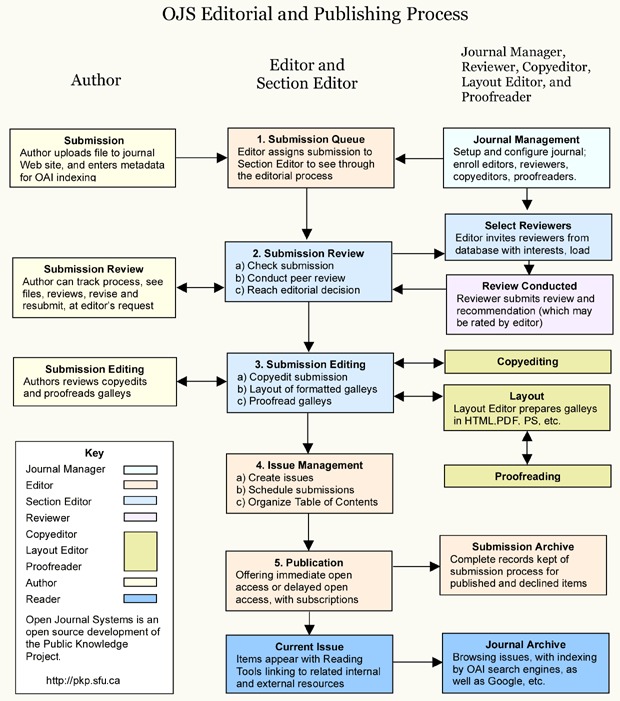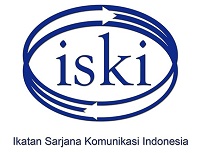Peer Review Process
Peer Review Process
All submitted papers are subject to a strict double-blind peer review process by at least two reviewers who are experts in the area of the particular paper. The peer review process can take anywhere between three months to six months. The review process aims to identify the strengths and weaknesses of the article in terms of originality, interest, up-to-dateness, coherence, and balanced argumentation.
Reviewer Guidelines
Writing a Review
1. Research the journal
- Visit the journal homepage (on Mediator: Jurnal Komunikasi) to get a sense of the journal’s published content and house style. This will help you decide whether the paper being reviewed is suitable for the journal.
- Refer to the Instructions for Authors to check if the paper meets the submission criteria of the journal (e.g., length, scope, and presentation).
2. Write your report
Questions to consider
The main factors you should provide advice on as a reviewer are the originality, presentation, relevance, and significance of the manuscript’s subject matter to the readership of the journal.
Questions to have in mind when reading the manuscript (in no particular order):
- Is the submission original?
- Does the paper fit the scope of the journal?
- Would the paper be of interest to the readership of the journal?
- Does the paper help to expand or further research in this subject area?
- Does it significantly build on (the author’s) previous work?
- Do you feel that the significance and potential impact of a paper is high or low?
- Is the paper complete? Is there an abstract or summary of the work undertaken as well as a concluding section?
- Is the methodology presented in the manuscript and any analysis provided both accurate and properly conducted?
- Are all relevant accompanying data, citations, or references given by the author?
- Should it be shortened and reconsidered in another form?
- Would you recommend the author reconsider the paper for a related or alternative journal?
- Is the submission in Standard Bahasa (or English) to aid the understanding of the reader?
Provide detailed comments
- These should be suitable for transmission to the authors: use the comment to the author as an opportunity to seek clarification on any unclear points and further elaboration.
- If you have time, make suggestions as to how the author can improve the clarity, succinctness, and overall quality of the presentation.
-
Please provide a note of the review results in the form of a description in the column provided. We hope your review notes will improve the quality of the articles we receive.
Make a recommendation
Once you’ve read the paper and have assessed its quality, you need to make a recommendation to the editor regarding publication, such are:
- Accept Submission – if the paper is suitable for publication in its current form.
- Revisions Required – if the paper will be ready for publication after light revisions. Please list the revisions you would recommend the author makes.
- Resubmit for Review– if the paper would benefit from substantial changes such as expanded data analysis, widening of the literature review, or rewriting sections of the text.
- Decline Submission – if the paper is not suitable for publication in this journal or if the revisions that would need to be undertaken are too fundamental for the submission to continue being considered in its current form.
This journal uses Open Journal Systems, which is open-source journal management and publishing software developed, supported, and freely distributed by the Public Knowledge Project under the GNU General Public License.























